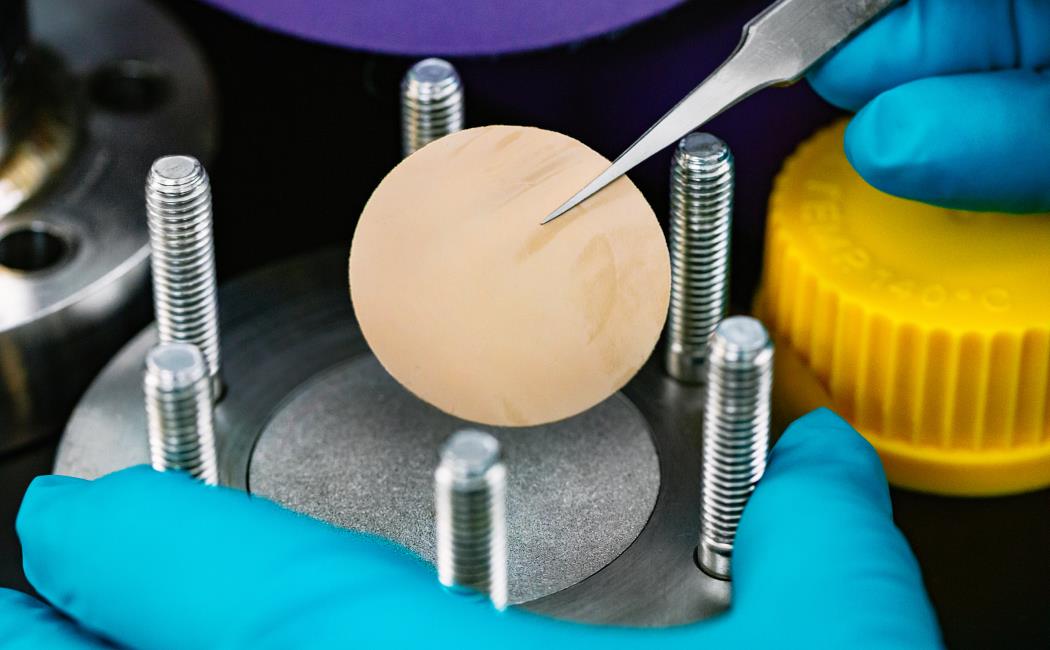


30 August, 2022
Polymer-based membranes developed at KAUST could enable greener and cheaper industrial separation approaches. Their stability and selectivity can be tuned by thermal crosslinking to separate simple hydrocarbon mixtures and complex crude oil fractions.
Separation processes, such as distillation and evaporation, are central to the chemical, pharmaceutical and petrochemical industries, but they are also energy intensive, expensive and polluting. Each year, crude oil refineries consume about one percent of the total energy used worldwide, and some refineries can even release up to 20 to 35 million tonnes of carbon dioxide (CO2) into the atmosphere.

“Decreasing greenhouse gas emissions is a step forward in addressing climate change,” says lead author Stefan Chisca, a research scientist at KAUST. Membranes, with their low carbon footprint and ability to fit in small spaces, offer an attractive alternative to these heat-based processes and can reduce the CO2 emissions of crude oil refineries.
Polymer membranes are cheaper and easier to manufacture and adapt to large-scale processes than inorganic membranes. Yet, their low stability under harsh industrial conditions, such as elevated temperature and certain solvents, affects their performance.
The researchers chose the polymer polytriazole, which bears hydroxyl functional groups as a stable backbone, for their membrane. They deposited the polymer dissolved in various solvents onto a glass plate and immersed the support in distilled water to remove the resulting film. Next, they heated the film in a furnace to crosslink the hydroxyl groups and generate a membrane stable in organic solvents as well as in highly acidic and basic media.
Crosslinking is necessary for challenging applications and must provide stability in the broadest range of conditions, explains team leader Suzana Nunes. “The key to obtaining membranes that could resist harsh environments like crude oil is the presence of the hydroxyl groups,” she says.
Read the full article at KAUST DISCOVERY: